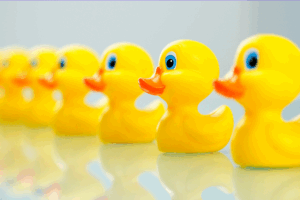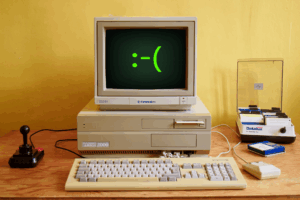We’re Killing Chat and It’s Your Fault
You can’t tell people what to want. They will tell you what they want.
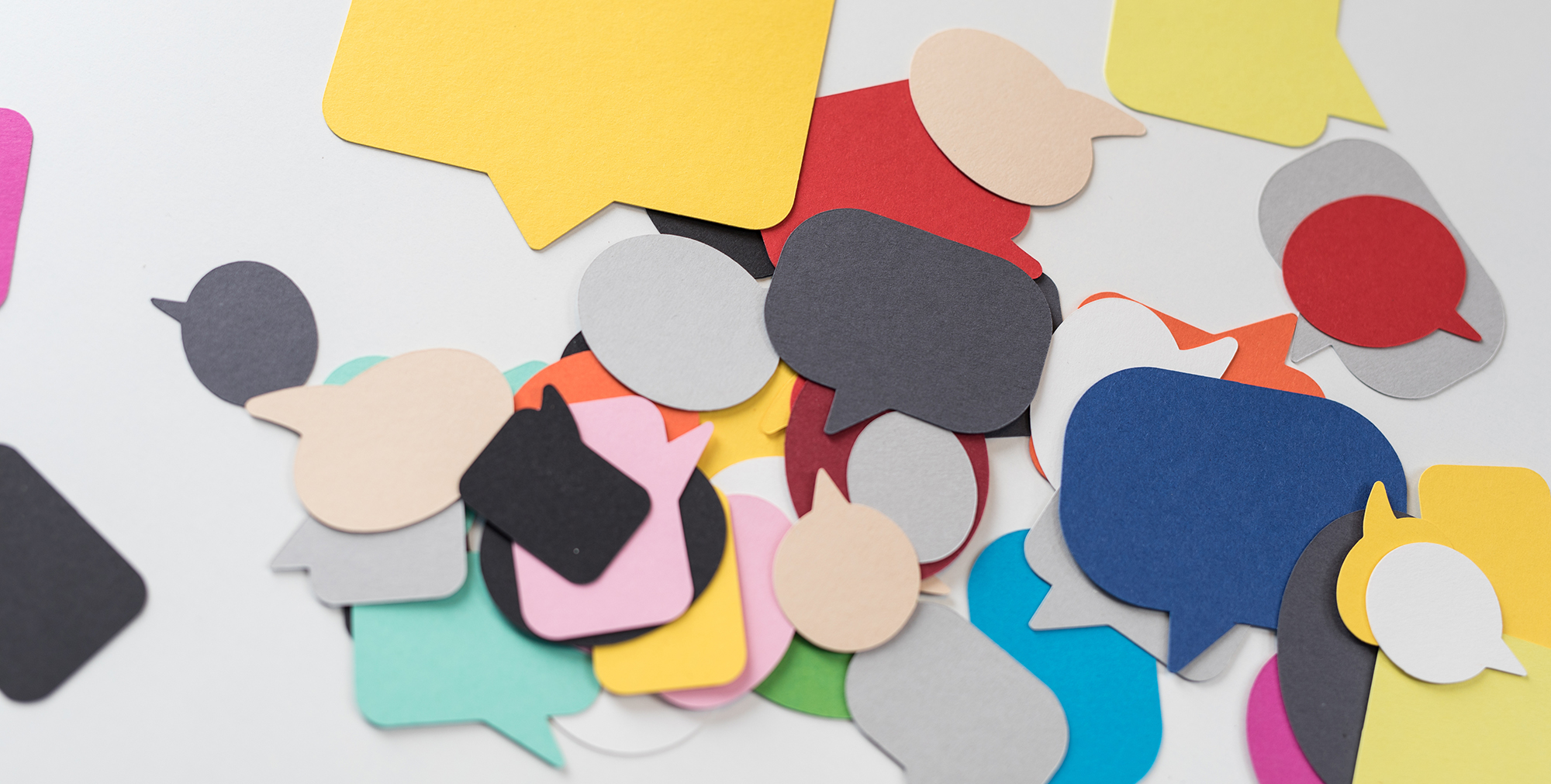
Are we in a bubble?
We’re about to release a new version of Aboard in a month or so. One rule we’re adhering to is you can’t just add features, you have to remove some, too—you can’t just keep building software forever. We’ve been looking at how people use the current version of Aboard, and what we’ve learned so far is:
- Lots of people will use Aboard regularly;
- You’ll add links and data and make cards;
- You’ll comment on cards;
- You’ll even invite friends, but…
You draw the line at chatting in the app. In fact, a lot of you don’t even know that Aboard has group chat built in. We’ve told you, we’ve asked, we’ve begged a little—even made it part of onboarding. But it just doesn’t register. And despite the headline above, this isn’t your fault, or even our fault. It’s just how humans perceive software: You can’t tell people what to want. They will tell you what they want.
Want more of this?
The Aboard Newsletter from Paul Ford and Rich Ziade: Weekly insights, emerging trends, and tips on how to navigate the world of AI, software, and your career. Every week, totally free, right in your inbox.
For the record, our big idea was that people would chat in Aboard because they would want to keep their conversations next to their data—that we’d create value there. We thought it was obvious. But it turns out that communication patterns are locked in—people have Slack, Teams, WhatsApp, Messenger, and so on. They spend hours in them a day. They like them, they are full-fledged platforms with tons of features—and they trust them.
We could fight that and lose, or accept it and keep going. So we’re killing chat in the next release. Comments will be the way people communicate inside of Aboard. Stings a little—not so much that you rejected chat, because you can do whatever the hell you want, but rather that we spent resources building something that could have gone elsewhere. But, unfortunately, sometimes, there’s just no other way to learn a lesson than to try it and take the smack.
However—I said “next release”! The next release is very exciting. It’s a cleaner experience, and there are new ways to work through data that make using Aboard even easier. There’s a table view that will be really useful now and just the beginning of table-based data editing for us. And there’s a whole new thing we call “Board Builder” that lets you just make nice, custom boards in a few seconds, cutting one of the most challenging parts—the setup—out of the picture.
We’re just making sure it really works before we release it. Here’s a peek:
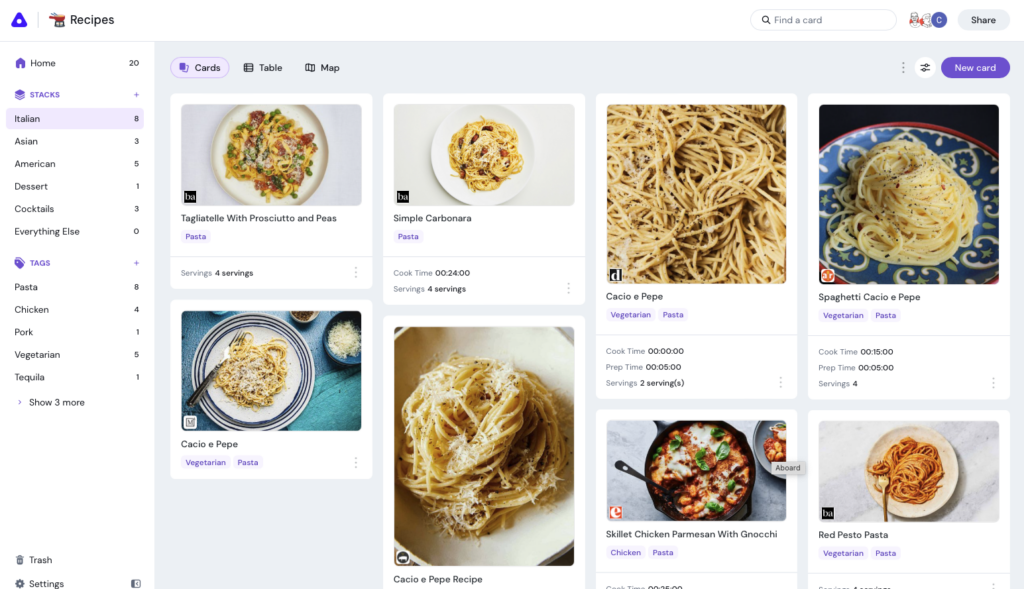
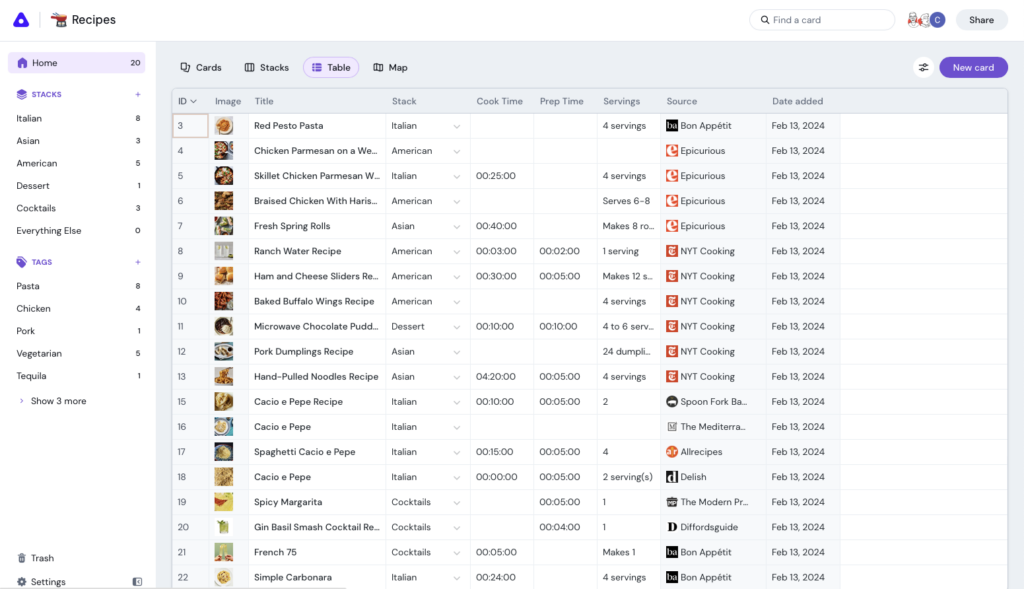
Not a radical departure but a lot of good stuff. We feel great about it. Our goal is to get it into your hands in a month. Let us know what you think!
